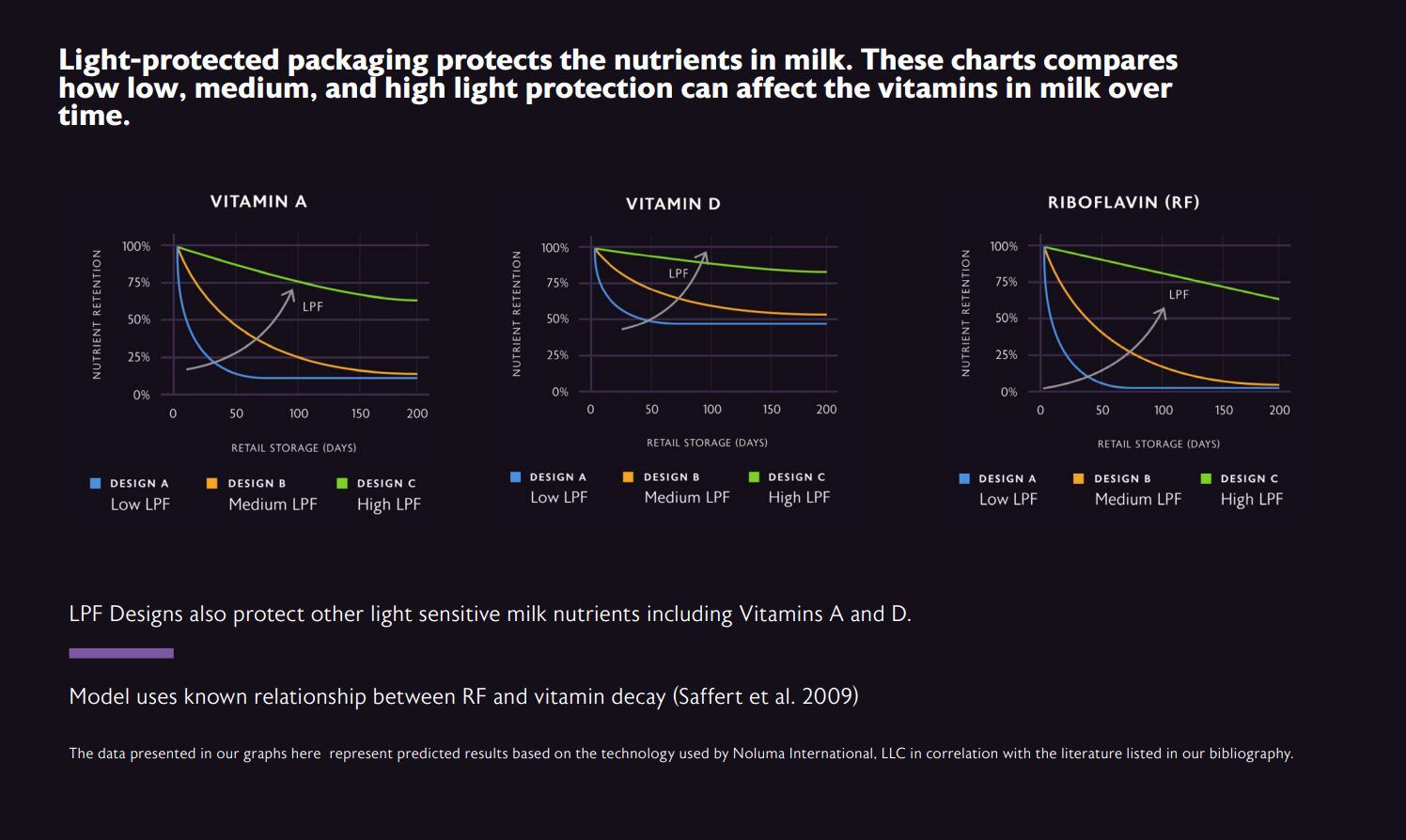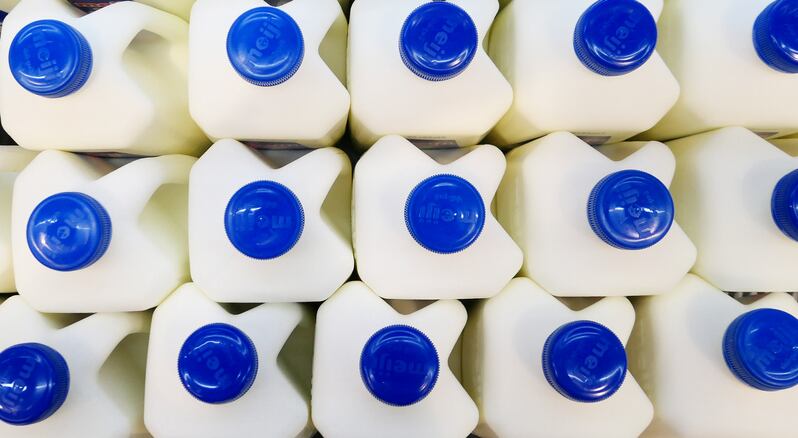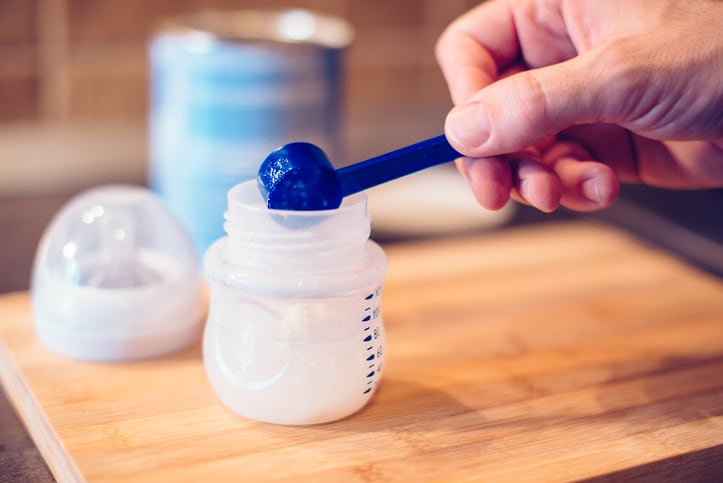After forming in early 2018, Noluma has conducted research on optimizing packaging materials for protecting products against light. Its latest report offers analysis into the extent of nutrient and sensory degradation to milk from retail light.
‘Packaged Foods Should Be Kept in the Dark: Consumers Shouldn’t Be’ examines the nutritional value damage that comes from all forms of light exposure, including common retail case and refrigerator lighting.
Divya Chopra, president and CEO of Noluma, said, "We've known for generations that light has a negative impact on food. Similar to how clothing fades in the sun, or skin is burned, our report shows that a variety of packaged goods are negatively impacted by exposure to lighting of all kinds, and far more rapidly than the average consumer realizes."
Fifteen-minute taste test
The report finds milk can taste or smell worse after 15 minutes of light exposure from typical retail dairy cases, milk begins to lose Vitamin A after two hours, less than half of the Vitamin A (49%) remained in nonfat milk after 16 hours, and a significant decline in nutrients in fortified, reduced-fat UHT milk was observed after 14 days: 45% Riboflavin loss, 60% Vitamin A loss and 80% Vitamin D loss.
"Today, consumers expect more from retailers and brands than ever before, and assume their favorite products will stay fresh and contain the nutrients promised on the label, through the expiration date. CPGs have an opportunity to work with Noluma to understand how light is compromising their products, and find solutions to ensure they're delivering on those promises," Chopra said.
Noluma employs its patented technology to measure a packaging’s resilience against light, using “a known marker ingredient in the contents of test package, exposing it to intense light that replicates two weeks of exposure in just two hours.”
“This testing allows manufacturers to better understand the vulnerabilities of their packaging and work with Noluma to design packaging that better blocks the degradation of nutrients, taste and efficacy from light exposure.”
Noluma certified
It also tested the milk with consumers and found that the two-week-old, light-protected milk was preferred over ‘fresh’ milk that had been stored in a typical container and exposed to light for as little as four hours.
“The effects of light exposure were so strong, that in every case, testers preferred the ‘near code/near expiration date’ sample of shielded milk to the ‘fresh’ sample that had been exposed to light for only a few hours,” Noluma said.
The Noluma certification is awarded to companies that “meet the gold standard for reaching the optimal point of light block at which contents are least affected.” They can add the Noluma logo to their packaging, certifying it achieves the best possible protection from light damage. Noluma advises clients on light protection options but does not make or sell any packaging materials.



